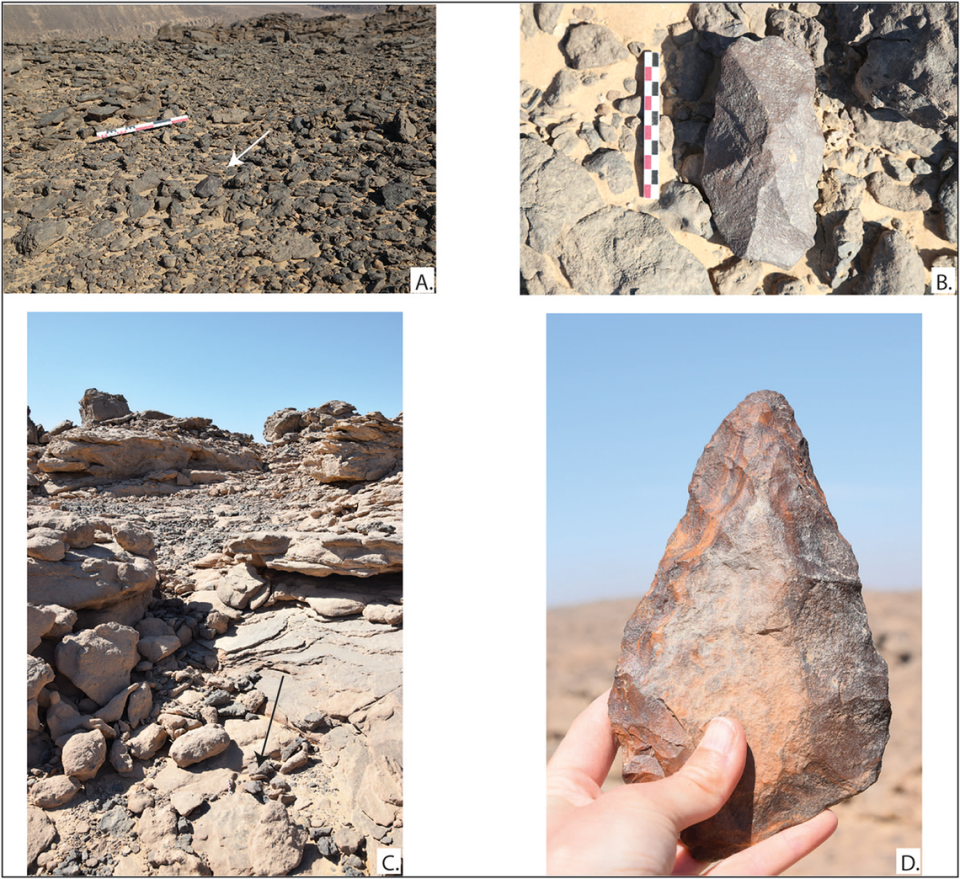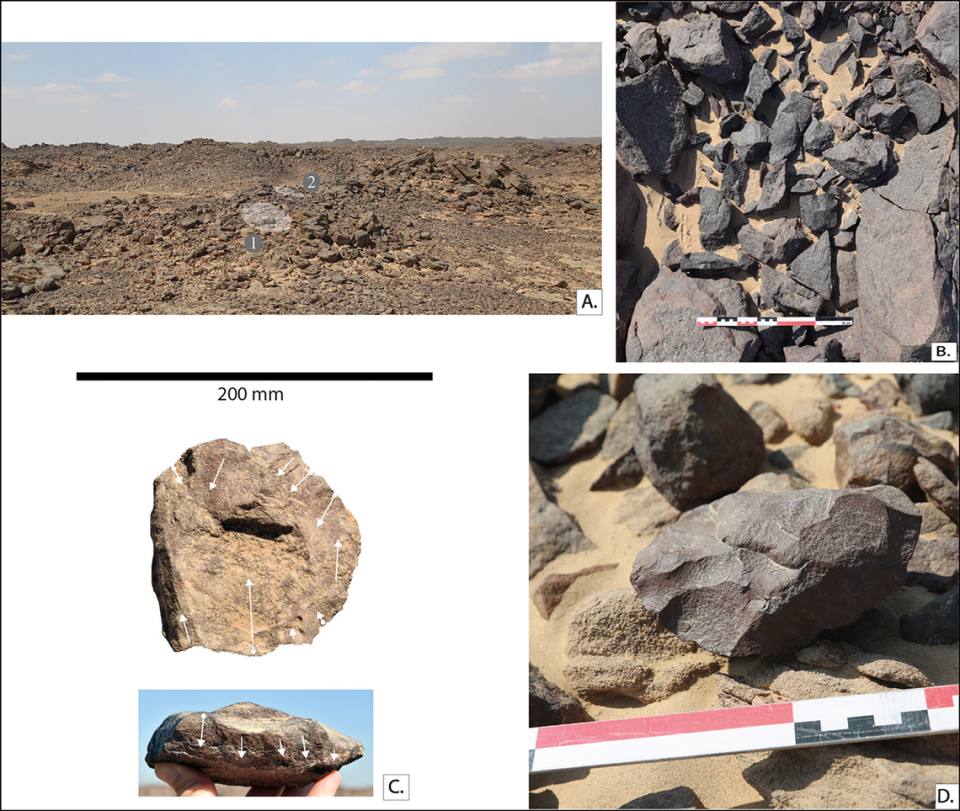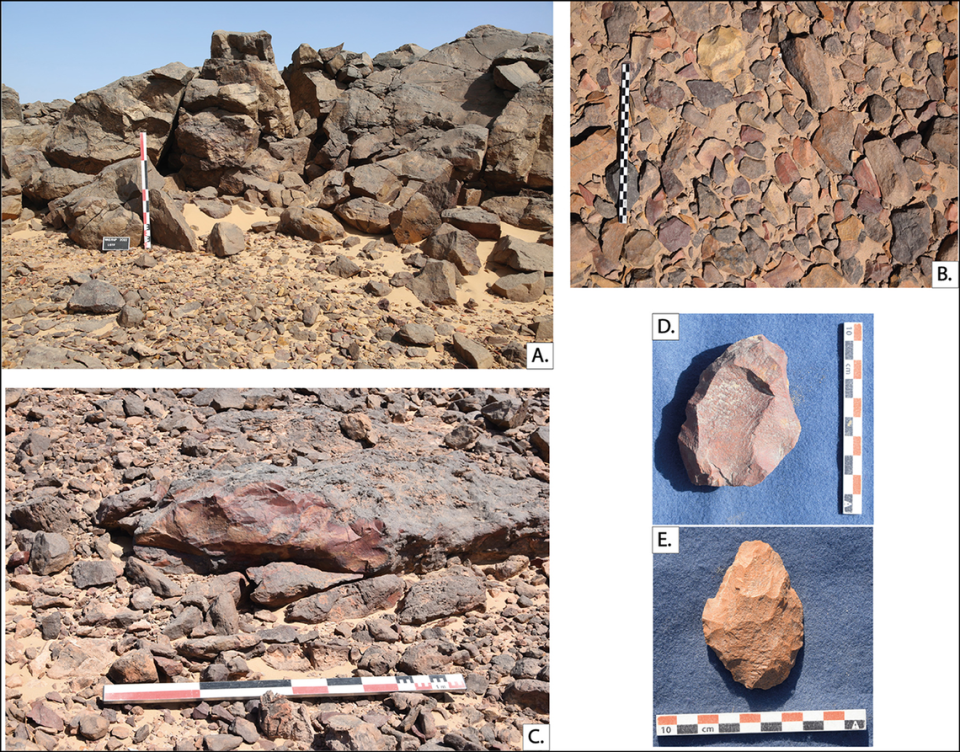Prehistoric workshops — with axes and other stone artifacts — found in Egypt. See them
Scanning the desert landscape of southern Egypt, archaeologists kept their eyes peeled for any rocks that looked shaped, chipped or tampered with in some way. They were searching for traces of prehistoric life.
And they weren’t disappointed.
Researchers visited an inland desert area known as Wadi Abu Subeira for an archaeological survey in 2022, according to a study published March 27 in the peer-reviewed journal Antiquity. Previous archaeologists had found traces of prehistoric life in the area, but these visits were few and far between.
During their survey, archaeologists located dozens of artifacts and sites from the Stone Age, the study said.

Uncover more archaeological finds
What are we learning about the past? Here are three of our most eye-catching archaeology stories from the past week.
→ Roman helmet looked like a 'rusty bucket' when it was found in UK. Now, it's restored
→Elaborate 600-year-old castle — complete with moat — unearthed in France. Take a look
→ Mysterious wooden train car — almost 100 years old — unearthed in Belgium, photos show
Photos show the prehistoric discoveries. A stone cleaver appears dark gray-brown and rectangular. Another artifact, identified by archaeologists as a “large” handax, has a teardrop shop with chip marks around its edge.
Archaeologists also found five Stone Age workshops where different types of rock were shaped into tools, the study said.
One prehistoric workshop was located on an outcropping of sandstone. Archaeologists found “large flakes” left from working the stones, “several handaxes” and some partially made tools. Photos show some of these ancient artifacts.

At another workshop site, archaeologists found rock cores, points and other flakes left from the knapping process. Photos show the stone artifacts scattered around the ancient site.
Archaeologists attributed all the finds to the Earlier or Middle Stone Age but did not specify an exact age.
The Middle Stone Age is a loosely defined prehistoric period, according to Oxford Research Encyclopedia. The period began roughly 300,000 years ago and continued until about 20,000 years ago.

Taken together, archaeologists said “the workshops likely represent repeated episodes of exploitation of the outcrops over a long timespan” and show how ancient humans had “well-developed knowledge of the environment in this part of the desert.”
Wadi Abu Subeira is a desert region near Aswan, a city about 600 miles south of Cairo.
The research team included Alice Leplongeon, Maxence Bailly and Gwenola Graff.
Medieval ruins hid much older secret — until now. See the surprising find in Slovakia
Metal detectorist stumbles on worn tool — and finds 5,000-year-old artifact. See it
Medieval child was buried with this popular snack — and archaeologists have no idea why
